The port of Riga is one of the few ports in Europe to have protected nature reserve zones in its territory. Specially protected nature territories, which occupy 75 ha of the total port area, make the Port of Riga one of the greenest and most environmentally friendly ports in Europe. The Freeport of Riga Authority is responsible for environment-friendly management of the port with special focus on natural habitat preservation.
The Freeport of Riga Authority performs environmental management in the port in compliance with the ISO 14001 standard requirements. With the aim to comply with the standard monitoring of air, groundwater, excavated soil disposal sites and waterfowl is being carried out, as well as ship-generated waste management and security control of port terminals.
The daily operations of the Freeport of Riga Authority are also carried out in compliance with high environmental standards, introducing “greener”, more sustainable and more responsible management processes - in accordance with the developed energy management policy energy efficiency has been improved and energy consumption has been reduced. Moreover, transition to the use of electric cars is ongoing, solar collectors, which have been installed on the port buildings, ensure the use of environmentally friendly energy.
There are two protected nature areas in the territory of the Freeport of Riga: the Kremeri Nature Reserve and Milestibas Island, that is the part of the Natura 2000 Piejura Nature Park. The Nature Conservation Agency of Latvia is responsible for protected nature territories, while the Freeport of Riga Authority manages both territories on a daily basis, providing for order, environment protection and preservation of habitats. The Freeport of Riga’s territory borders on “Vecdaugava” Nature Reserve and “Daugavgriva” Nature Reserve, which shall be taken into account when organizing economic activities in the port of Riga and planning its future development.
Within the framework of environment protection measures, the Freeport of Riga Authority regularly:
- maintains, cleans up and improves the territory of the port, including the territories of nature reserves;
- within the framework of nesting waterfowl monitoring, annual survey and counting measures of the bird population are performed in order to assess and analyze changes in waterfowl nesting, as well as to control the impact of the port activities on waterfowl nesting habitats;
- restores existing waterfowl nesting sites and creates new ones. Artificial islands suitable for nesting have been created and floating platforms have been established on Milestibas Island and in the Kremeri Nature Reserve.
Kremeri Nature Reserve
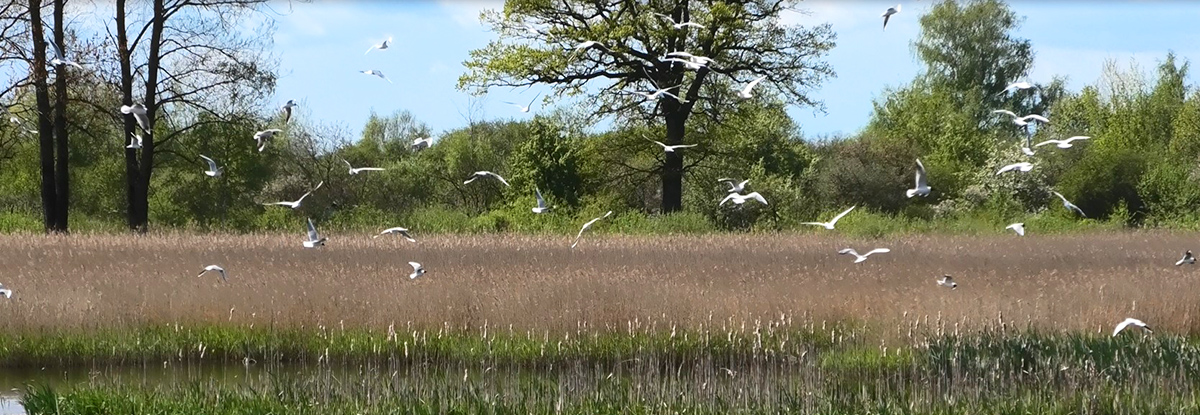
Kremeri is a 15 ha swampy area located on the left bank of the Daugava below Voleri. Kremeri Nature Reserve is an important bird nesting area, where bird species, that are especially protected in Latvia, can be found – e.g. Eurasian bittern, Western marsh harrier and Eurasian penduline tit. Thanks to the regular cutting of reeds by the Freeport of Riga Authority in the Kremeri Nature Reserve, after a long break, the black headed gulls have started nesting here again.
Milestibas Island
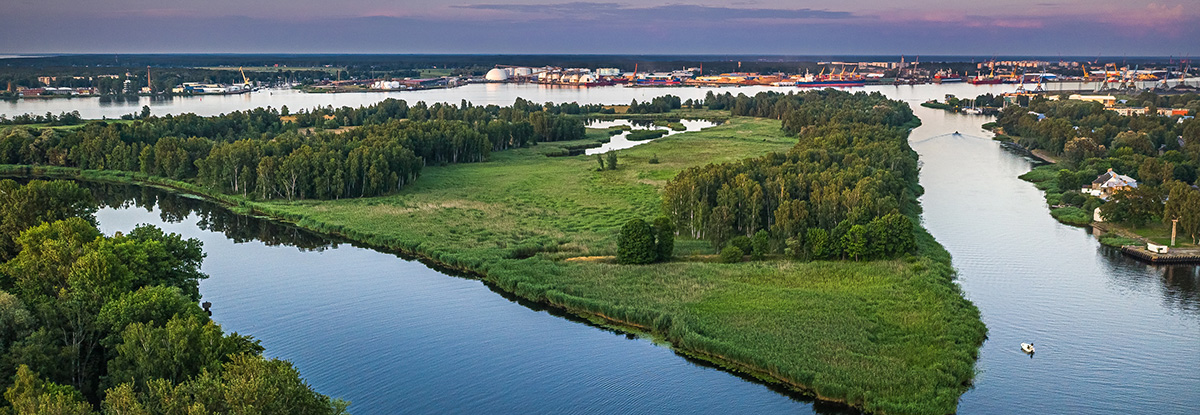
Milestibas Island is a part of the Natura 2000 Seaside Nature Park, which was founded in 1962, being the third oldest nature park in Latvia. Milestibas Island is a swampy 0.6 km2 island located between Bullupe and Daugava. The main natural treasures of the Milestības Island are the birds and a specially protected habitat - a gray dune with its characteristic rare plant species. Currently about 30 bird species are staying at the Milestibas Island and its water bodies - small lakes of the island have become a nesting habitat for some of them.
Žurku Island
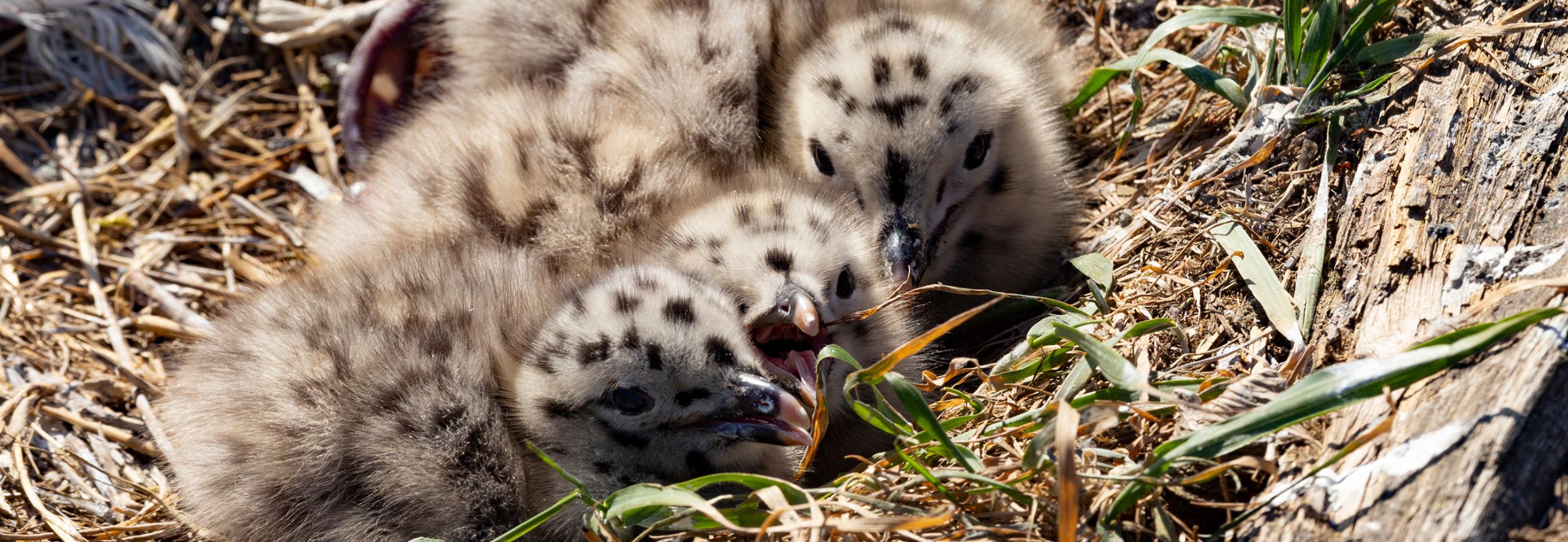
Žurku Island, located within the territory of the Freeport of Riga, is one of the potential nesting sites for seagulls and other waterfowl, not just within the port areas but in Riga as a whole. To facilitate the nesting of waterfowl on Žurku Island, the Freeport of Riga Authority, in collaboration with the port company SIA "Rīgas Universālais Termināls," regularly undertakes habitat maintenance and enhancement activities.
Bat hibernation sites in Mangalsala Forts
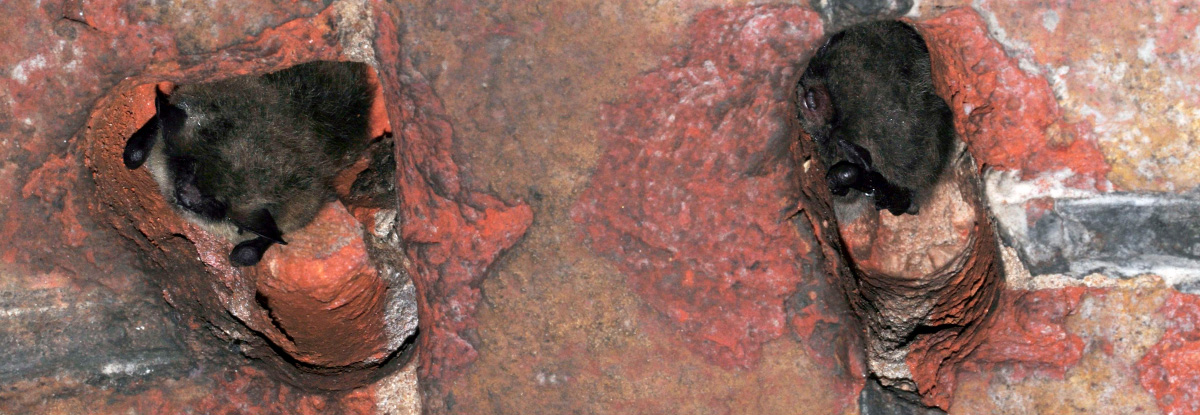
To comply with the practices of a green port and safeguard the biodiversity within the Port of Riga's territory, the Freeport of Riga Authority, in collaboration with the Nature Conservation Agency, has embarked on enhancing the Mangalsala Forts, a critical wintering habitat for bats.
Since 2019, concerted efforts have been made to prepare three bunkers within the Mangalsala Forts to provide a safe environment for bat hibernation. These premises underwent meticulous cleaning to remove debris, and lockable, latticed entrance doors were installed. These measures were taken to shield the hibernating bat species from any potential disruptions caused by inquisitive visitors, thereby preserving the essential hibernation period of these protected animals.
Presently, the Mangalsala Forts stand as one of the largest bat hibernation sites in Latvia. Supporting approximately one-third of the Daugava estuary's wintering bat population, these forts accommodate an average of 70-80 bats each winter, with a recorded maximum of 123 bats.
Experts emphasize that hibernating bats' body temperatures drop to just a few degrees above freezing, significantly slowing down physiological processes and respiration (hibernating bats breathe only once every 90 minutes). Therefore, it remains crucial to refrain from disturbing them during this critical period.
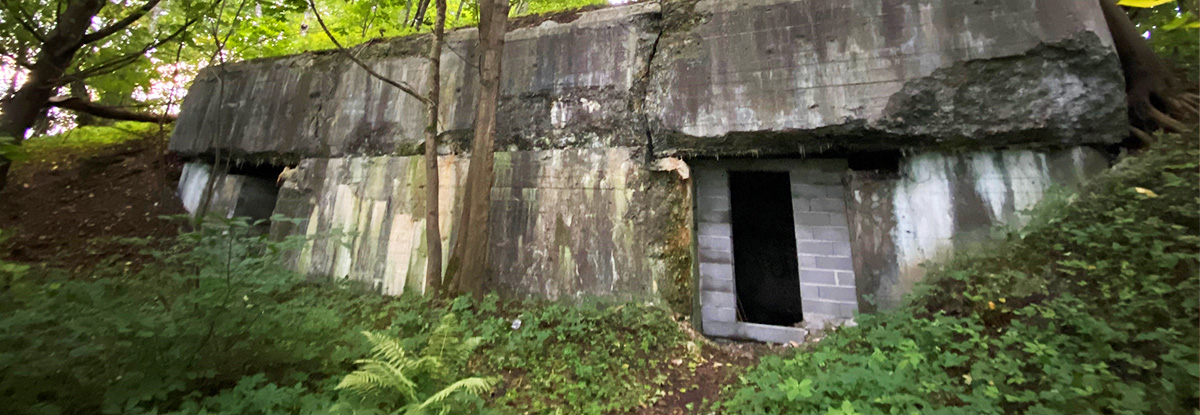
 English
English






















